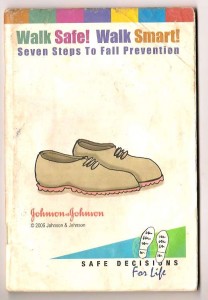“Bodyspacemotionthings” is a playground-as-art, and it got completely trashed in 1971 when it premiered at the Tate Modern in London. Now it’s back, rebuilt slightly stronger and safer. And I think it’s awesome, and I want to swing on the rope and push that huge ball around.
Art you can fall off of will be familiar to anyone in the San Francisco independent arts scene (yes, I’m trying not to say “Burning Man” here), but it fascinates me to see how a very public institution in notoriously uptight country handles safety for an installation in a gallery which draws 100,000 people in a weekend.
The BBC report above focuses on splinters. Have we really become that lame?
Then again, I wonder if this piece could be shown at all in the US, a country with strong tort law and poor health insurance.

